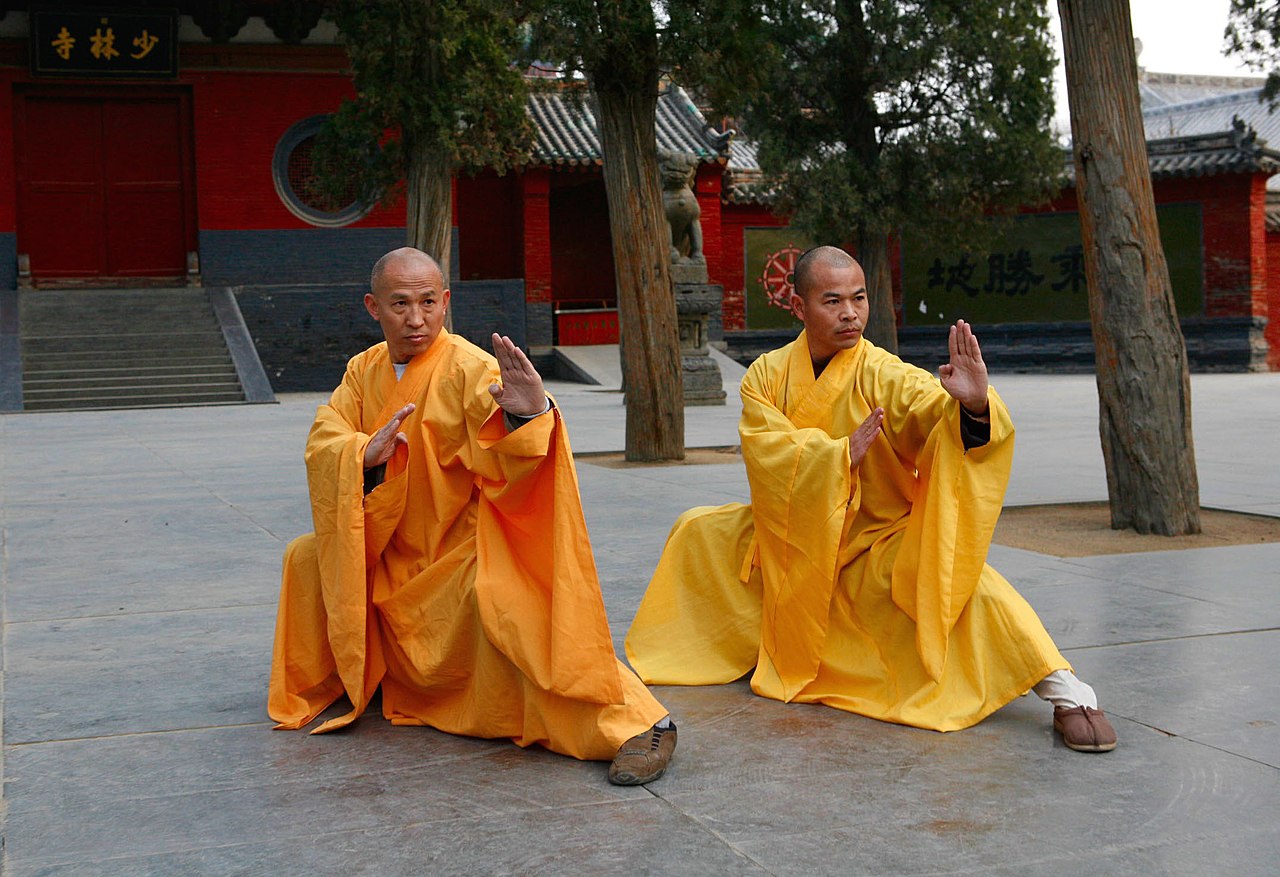- Self-Defense Skills: Learning Kung Fu equips you with a variety of self-defense techniques, providing you with the ability to protect yourself in different situations.
- Improved Physical Fitness: Regular Kung Fu training improves cardiovascular health, muscular strength, flexibility, and balance. It’s a full-body workout that enhances overall physical fitness.
- Stress Relief: The physical exertion and concentration required in Kung Fu practice can serve as an effective stress reliever, promoting relaxation and mental well-being.
- Increased Confidence: As you learn and master new Kung Fu techniques and forms, your self-confidence grows. This increased confidence can translate into other areas of your life.
- Better Coordination and Agility: Kung Fu training enhances body awareness, coordination, and agility. Precise and intricate movements can lead to improved reflexes and response time.
- Improved Concentration: Kung Fu requires a high degree of focus and mental discipline, helping to enhance your concentration and mental clarity.
- Promotes Discipline and Respect: In Kung Fu, respect for the master, fellow students, and the art itself are fundamental, instilling a sense of discipline that can extend to other aspects of life.
- Encourages a Healthy Lifestyle: The physical demands of Kung Fu encourage practitioners to maintain a healthier lifestyle, including balanced nutrition and proper rest.
- Fosters Patience and Perseverance: The mastery of Kung Fu forms and techniques takes time and repetition, fostering patience and the perseverance to overcome challenges.
- Cultural Appreciation: Learning Kung Fu also means gaining insight into Chinese culture and philosophy. It’s a way to appreciate the rich cultural heritage associated with this ancient martial art.
10 Fun Kung Fu Facts
- Ancient Origins: Kung Fu, also known as Chinese martial arts, has a history of over 4,000 years, dating back to the Xia Dynasty in China.
- Meaning: The term “Kung Fu” doesn’t actually refer to martial arts specifically. Instead, it translates to “achievement through great effort” or “skill” in Chinese, and can refer to any skill obtained in such a manner, not just martial arts.
- Variety of Styles: There are hundreds of different styles of Kung Fu, each with their own unique techniques and forms. Some of the most well-known styles include Shaolin, Tai Chi, and Wing Chun.
- Inspired by Nature: Many Kung Fu techniques and forms are inspired by the movements and behaviors of animals. This includes styles like the Crane, Tiger, Monkey, and Mantis styles.
- Shaolin Monastery: The Shaolin Monastery in China is known as the birthplace of Shaolin Kung Fu. It’s a place of significant importance in the history of Chinese martial arts.
- Influence on Entertainment: Kung Fu has had a huge influence on film and television, both within and outside of China. Bruce Lee, Jackie Chan, and Jet Li are among the most well-known Kung Fu practitioners in the film industry.
- Kung Fu Tea: The art of making tea, known as “Kung Fu Tea”, is a traditional part of Chinese culture and often associated with the practice of Kung Fu.
- Barehand and Weapons: Kung Fu includes both barehand techniques and the use of weapons. Some traditional Kung Fu weapons include the staff, sword, and nunchaku.
- Wushu: Modern competitive Kung Fu is often called “Wushu.” It’s both an exhibition and a full-contact sport derived from traditional Kung Fu.
- Mind and Body: Kung Fu is not only a physical exercise but also a mental one. It often incorporates elements of meditation and spiritual practices, emphasizing balance between the mind and the body.
Facebook Comments


































